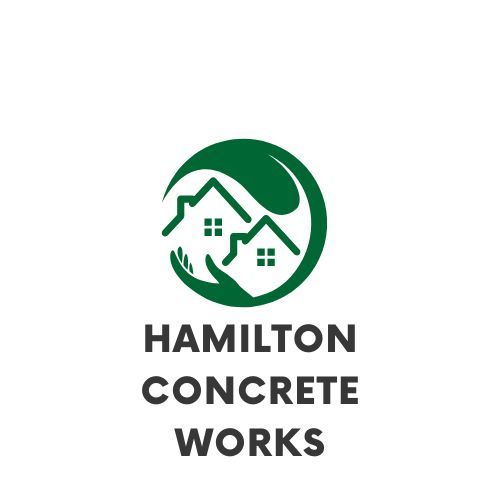Flagstone is a flat, naturally occurring stone that comes in various shapes and colors. It's often used for paving, pathways, patios, and other outdoor applications. The irregular shapes and rich textures of flagstone provide a unique and organic appearance that can add character and charm to any landscape.
Wet Set Flagstone
Wet set flagstone involves laying stones in concrete, offering increased stability and longevity. It's a preferred method for high-traffic areas where durability is paramount. The benefits of wet set flagstone include long-lasting stability, enhanced durability, and customizable patterns.
Wet Set Installation
- This process begins with site preparation, including excavation, foundation laying, and leveling.
- A custom design is created according to the client's preferences,
- and quality mortar is mixed and applied to bond the stones.
- Stones are placed precisely, aligned to perfection
- then the joints are filled and sealed to prevent water infiltration and enhance durability.
Dry Set Flagstone
Dry set flagstone is laid on a bed of sand and gravel. This method offers natural drainage and flexibility, maintaining aesthetics without sacrificing strength. The benefits of dry set flagstone encompass a natural appearance, efficient drainage, and ease of maintenance.
Dry Set Installation
- The dry set process involves the preparation of a sand and gravel base for natural drainage.
- Stone selection and design collaboration are crucial to achieve the desired aesthetics.
- Stones are artistically arranged and precisely placed
- following is joint filling with sand, allowing for flexibility and maintaining the natural appearance.
Flagstone Professionals in Hamilton and the GTA
Looking to transform your outdoor space with wet or dry set flagstone? Contact us today for a personalized FREE quote.
Flagstone Repair Process
Inspection:
The first step in the flagstone repair process is a thorough inspection. This involves examining the flagstone surface for common issues such as cracks, discolorations, loose stones, or other signs of wear and damage. A professional will assess not only the visible problems but also the underlying causes that may lead to further deterioration. The inspection often includes checking the base material, drainage, and overall structural integrity to determine the most effective repair strategy
Removal of Damaged Stones:
Once the damaged areas have been identified, the removal process begins. This can be a delicate procedure, as the surrounding stones must not be disturbed or damaged. Specialized tools and techniques are often employed to extract the damaged stones without harming adjacent areas. This process may include careful chiseling, cutting, or even gentle lifting, depending on the nature and extent of the damage.
Preparation for Replacement or Repair:
After removing the damaged stones, the area must be prepared for repair or replacement. This can involve cleaning the exposed base, removing any old adhesive or mortar, and leveling the surface if necessary. If cracks or other structural issues have been detected, further stabilization or reinforcement of the underlying base may be required.
Replacement or Repair of Stones:
The next step involves either replacing the damaged stones with matching materials or repairing them if possible. In the case of replacement, it's essential to find stones that match the original color, size, texture, and thickness to maintain the visual consistency of the surface. If the stones can be repaired, various methods such as filling cracks with a specialized epoxy or using colored mortar might be employed. The repair or replacement must be done with precision to ensure that the new or repaired stones fit seamlessly with the existing ones.
Cleaning and Sealing:
After the stones have been repaired or replaced, the entire surface typically undergoes a thorough cleaning. This can involve the removal of dust, debris, or any residual materials from the repair process. Specialized cleaning agents might be used to restore the original color and luster of the stones. The final step is sealing, which provides a protective layer that helps prevent future damage, enhances the appearance, and makes ongoing maintenance easier. Different types of sealants may be applied depending on the type of stone, location, and the desired finish, ranging from matte to glossy.
Ongoing Maintenance:
Although not always considered part of the immediate repair process, ongoing maintenance is vital for preserving the beauty and functionality of the flagstone surface. Regular inspections, cleaning, and occasional resealing can help prevent further damage and prolong the life of the flagstone installation.
Popular and Unpopular Cuts and Colors
Flagstones come in various cuts and colors, catering to different tastes and requirements. Popular cuts include random, squared, rectangular, and ledger stone, with colors like buff, brown, blue-gray, and red being widely preferred. Less common choices might involve highly intricate patterns or unusual shades that may not blend well with natural surroundings.

